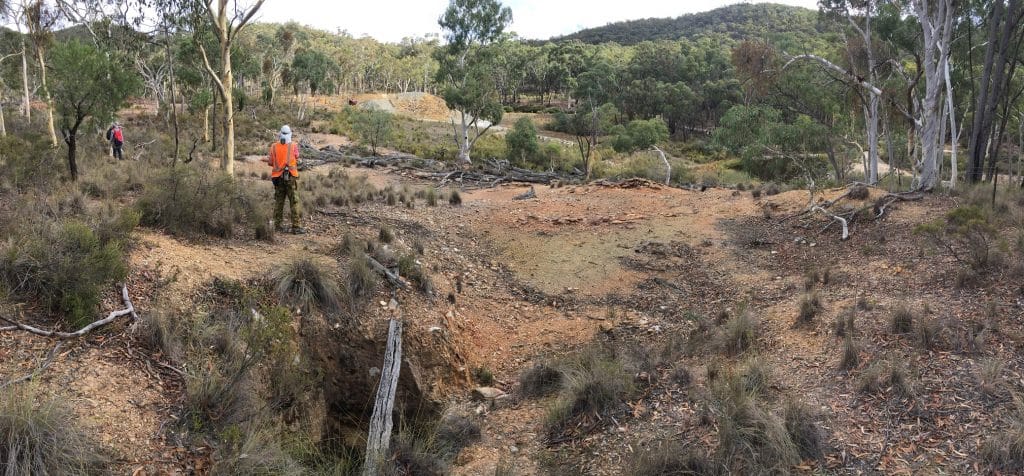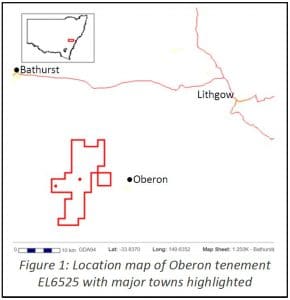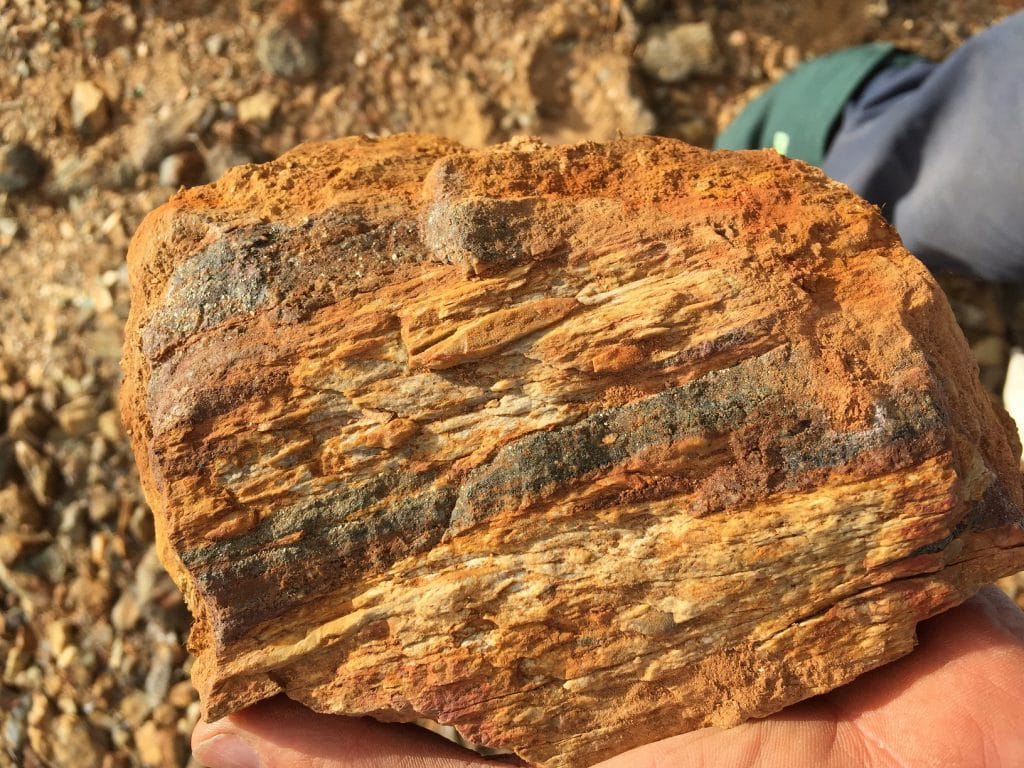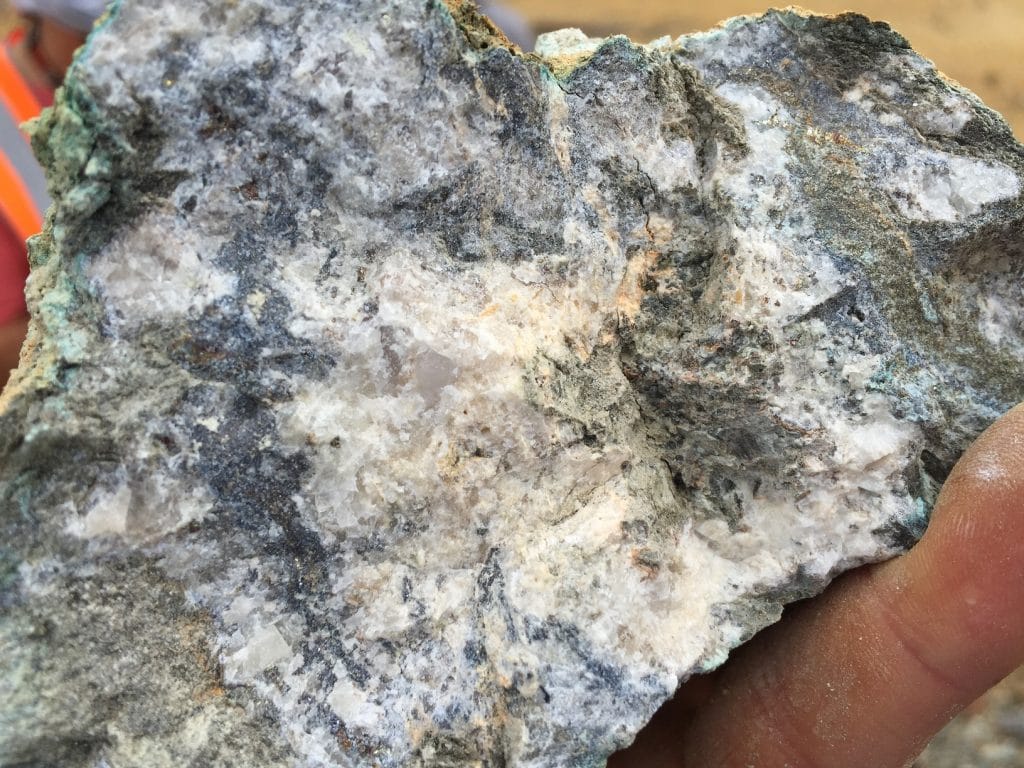
Wisemans Creek VHMS Trend
Significant Polymetallic Potential Defined at Oberon, Large Alteration Footprint Surrounding Historic Workings
Key Points
 The 100% NSR owned Oberon license boasts 6km strike of historic mine workings called the Wisemans Creek trend. Within this trend, the Murphys gold JORC 2012 complaint resource was drilled and defined by the company in previous years and is one of NSR’s priority assets. The company feels the resource at Murphys can be increased and this is a primary target for exploration. This deposit is a gold-rich VHMS and is the northern most known deposit within the trend.
The 100% NSR owned Oberon license boasts 6km strike of historic mine workings called the Wisemans Creek trend. Within this trend, the Murphys gold JORC 2012 complaint resource was drilled and defined by the company in previous years and is one of NSR’s priority assets. The company feels the resource at Murphys can be increased and this is a primary target for exploration. This deposit is a gold-rich VHMS and is the northern most known deposit within the trend.
High Grade VHMS Zn, Pb, Cu, Au, Ag Targets
In addition to the Murphys gold deposit, the Wisemans Creek trend is highly prospective for Rosebery type VHMS Zn, Pb, Cu, Au, Ag deposits. The Prospectivity of this area was renewed recently when the footwall volcanic rocks were observed to be strongly altered for over 300m through the stratigraphic profile. This 300m thickness of alteration is considered large for VHMS deposits.

The volcanic rocks consist of layered rhyolite flows, breccias, fiamѐ breccias and volcaniclastics of various grain sizes. From distal to proximal the alteration assemblage is chlorite, chlorite-silica, chlorite-silica-pyrite, respectively. This area is highly encouraging due to the very high grades of mineralised rock (table 2) and the ore textures found on the mine dumps, thickness and spread of the alteration, the strike length of the old workings and lack of strong foliation in the rocks and hence will be a primary focus for the company in 2017.
The samples from historic mine dumps in table 2 below show the very high grades of zinc, lead, copper, gold, silver and barite which were mined in the late 1800’s to early 1900’s. These assays also demonstrate a possibility for separate lodes containing different metals. For example, one sample (63192) shows very high copper, antimony, gold and silver derived from the mineral tetrahedrite, while other samples (49281 and 63191) show very high lead and zinc, likely representing a separate lode made up mostly of the minerals galena (Pb) and sphalerite (Zn). Quality VHMS style deposits often exhibit multiple lodes of varying metal types and endowment. This is encouraging for NSR because polymetallic mines can help stabilise a company’s revenue’s through commodity price cycles.
Despite the above, the Wisemans Creek trend has had little modern exploration and hence is considered underexplored and very prospective.



